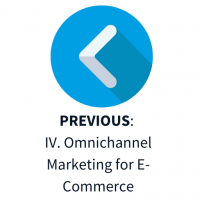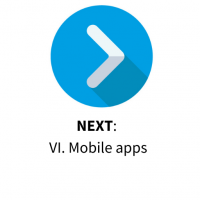Following customer demand, businesses have found ways to deliver everything as a service (XaaS). In general, these business models are dependent on cloud computing to generate value for their customers. Why? A business model based on the cloud market group provides varying levels of fault tolerance and resilience, the ability to scale up/down to meet capacity and performance requirements (depending on the workload created by its users/consumers) and are usually intended to operate their day to day functions without the need for human intervention.
There are too many to count, but generally every digital service can be delivered X as Service (XaaS). To name just a few:
Analytics as a Service
Artificial intelligence as a Service
Backend as a Service
Business process as a Service
Code as a Service
Content as a Service
Construction as a Service
Container as a Service
Contact Center as a Service
Contact Information as a Service
Communications Platform as a Service
Data as a Service
Desktop as a service
Database as a service
Energy storage as a Service
Games as a Service
Government as a Service
IT as a Service
Knowledge as a Service
Mobility as a Service
Monitoring as a Service
Mobile backend as a Service
Machine Learning as a Service
Media Processing as a Service
Network as a Service
Payments as a Service
Recovery as a Service
Robot as a Service
Search as a Service
Security as a Service
Transportation as a Service
Unified Communications as a Service
There are countless examples of XaaS, but the most common encompass the three general cloud computing models: Software as a Service (SaaS), Platform as a Service (PaaS) and Infrastructure as a Service (IaaS). It is important to understand the difference between the various cloud services.
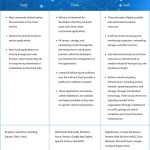
Applied Metrics in XaaS
Since X as a Service models are, arguably, the most customer centric models, their analysis metrics are more of a reference to the user/customer engagement. To explain these metrics and financial models, we will concentrate on the SaaS business model.
Months to Recover CAC
- Helps determine how long after you’ve closed a customer you recoup the total CAC. In other words, months to recover CAC gives you an idea of how quickly a customer starts to generate ROI for your business.
- Divide CAC by the product of monthly-recurring revenue (MRR) and your gross margin (gross revenue – cost of sales): = CAC / MRR x GM.
Customer Engagement Score
- Provides you with a glimpse at how engaged a customer is. Indicates the likelihood the customers will or will not churn.
- Each company’s customer engagement score scale will be different depending on how a typical customer or user uses your software. To create your own customer engagement score, create a list of inputs that predict a customer’s happiness and longevity. Once you have your list of inputs and have assigned a value to each one (depending on how critical they are to customer stickiness) you can calculate an engagement score across the board for your customers so you can quickly and easily evaluate customer health with one data point.
DAU / MAU (Daily / Monthly Active Users)
- It calculates the daily and monthly active users respectively.
- This is a benchmarking metric: for comparisons with competitors. Every service model has different usability. You cannot compare Google Calendar with Spotify, for example.
- It is also a good metric to envisage how a product/service is to be used.
- If DAU/MAU ratio is 60% or higher, this means that people use the product more than four days a week, and the product qualifies as a daily usage product.
Lead-to-Customer Rate
- Shows exactly how well you’re generating sales-ready leads and if the rate is improving over time. It outlines, on average, how many leads turn into paying customers.
- Take the total number of customers for any given month, divide it by the total number of leads, and multiply that number by 100. For example, five customers in a month with 500 leads would result in a 1% lead-to-customer rate.
P&L Assumptions in XaaS:
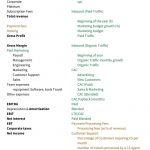
Revenue Assumptions:
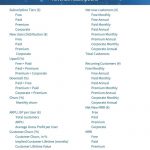
This article was written by José Ramírez Terc, specialist in 21st century business models.
About ONEtoONE
Our company, ONEtoONE Corporate Finance, is specialized in international middle-market M&A advisory. We are continuously focusing on improving the techniques to achieve the best possible price for our clients, and we also advise on acquisitions, strategic planning and valuation. We are pleased to give our opinion about company valuation or other aspects of a possible corporate operation. If you need an advisor while buying or selling a company,
contact us.




